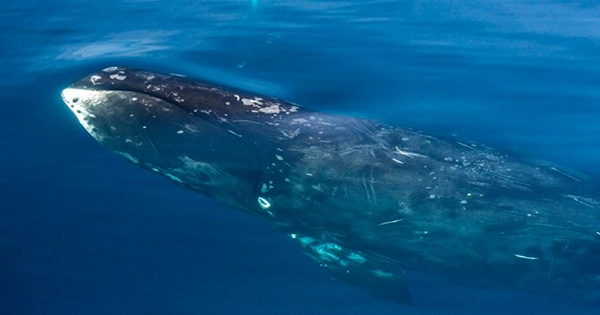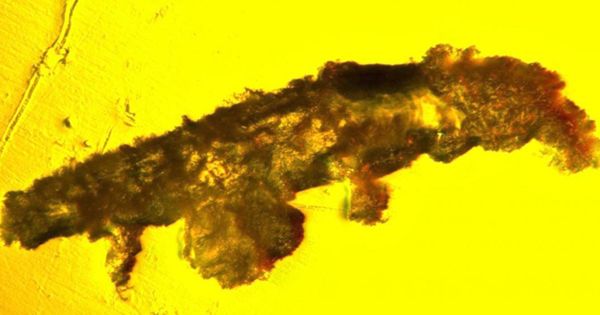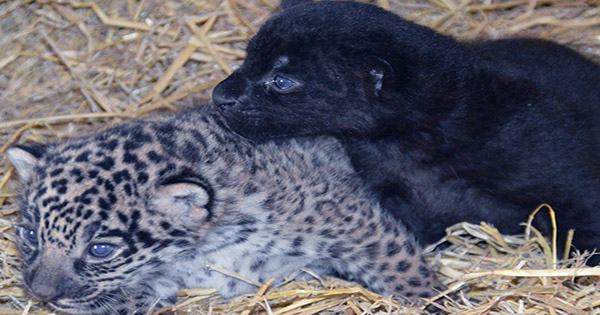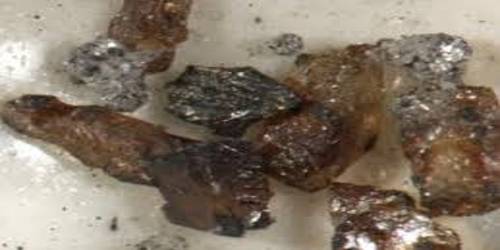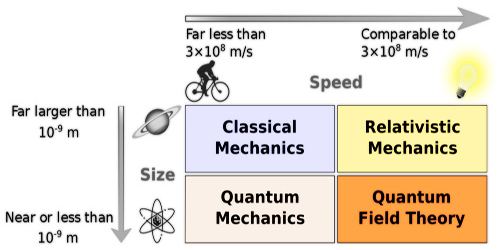Living forever can be problematic when it comes to cancer since, generally speaking, the longer an organism lives on Earth, the greater the chance that it will have a genetic mutation that could cause a disease. However, it appears that the genetic quirk that allowed them to do this may have had some unintended consequences, including extremely small testicles. Some tenacious animals, like the bowhead whale, have adapted to overcome this and become one of the longest-living species on Earth.
According to a recent preprint publication, bowhead whales (Balaena mysticetus) have a special sort of gene duplication that inhibits cell division, allowing them to enjoy their old age without worrying about the Big C. Bowhead whales can live to reach 211 years old and beyond. This genetic anomaly probably plays a number of roles in their longevity, but according to experts in a recent report, it might be the most important one.
The puzzling phenomenon we notice when animals, like whales and elephants, survive to abnormally old age and don’t develop cancer is known as Peto’s Paradox. The Peto’s Paradox is an intriguing source of jealousy for our species because according to some estimations, the lifetime risk of cancer for humans is one in two.
An investigation into bowhead whale longevity was undertaken by a research team at the University of Buffalo in New York using evolutionary genomics and comparative experimental biology. According to their findings, stopping cell division can reduce the likelihood that tumors will form by allowing each cell more time to repair any harm it has sustained before producing further cells with identical genetic defects.
The insurance is a result of a gene called CDKN2C, which probably appeared 4 to 5 million years ago, following the split between bowhead and right whales. The gene duplication appears to have a detrimental impact on male fertility as it affects sperm production and reduces testicle size, but where CDKN2C gives, it also seems to take away.
Apparently, bowhead whales, whose testicles only weigh 200 kg, exhibit this (441 pounds). The ordinary male human’s testicles might sound threatening (as they should), but they sound a lot smaller when considered in light of the fact that right whale testicles, which are their close relatives, weigh about 1,000 kilos (2,205 pounds).
Because they are closely linked to animals with significantly shorter lifespans, bowhead whales are a great model system to research the evolution of long lifespans, according to the study’s authors.
“Our experimental findings suggest that CDKN2CRTG may control cell cycle progression and improve DNA damage repair. According to these findings, CDKN2C gene duplication may have helped bowhead whales achieve their extraordinarily long life spans by lowering their lifelong risk of contracting cancer.
